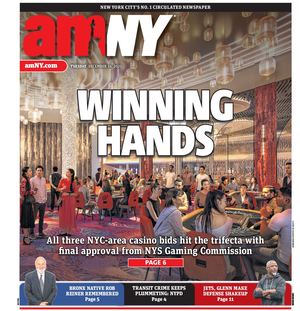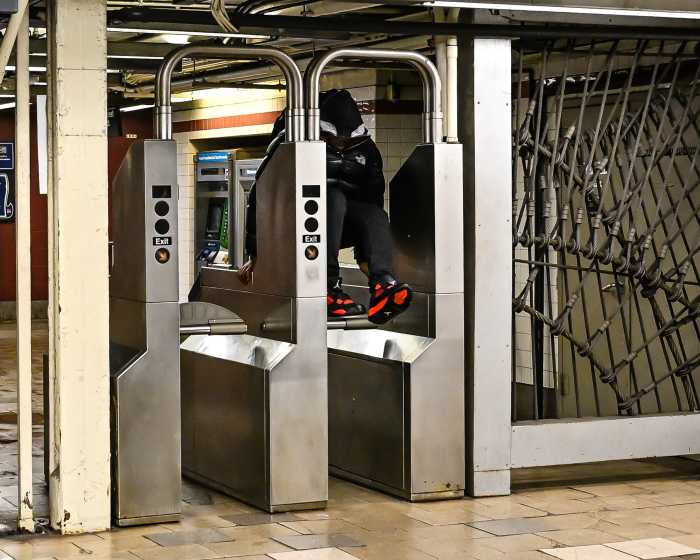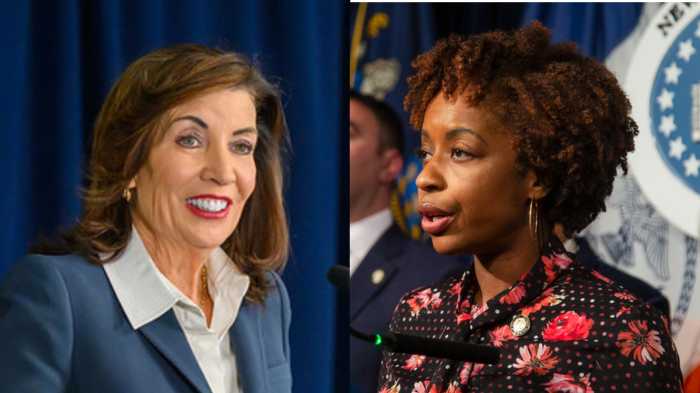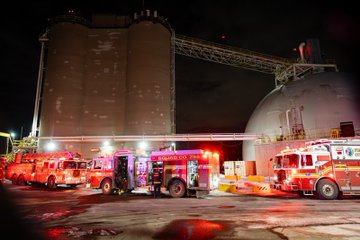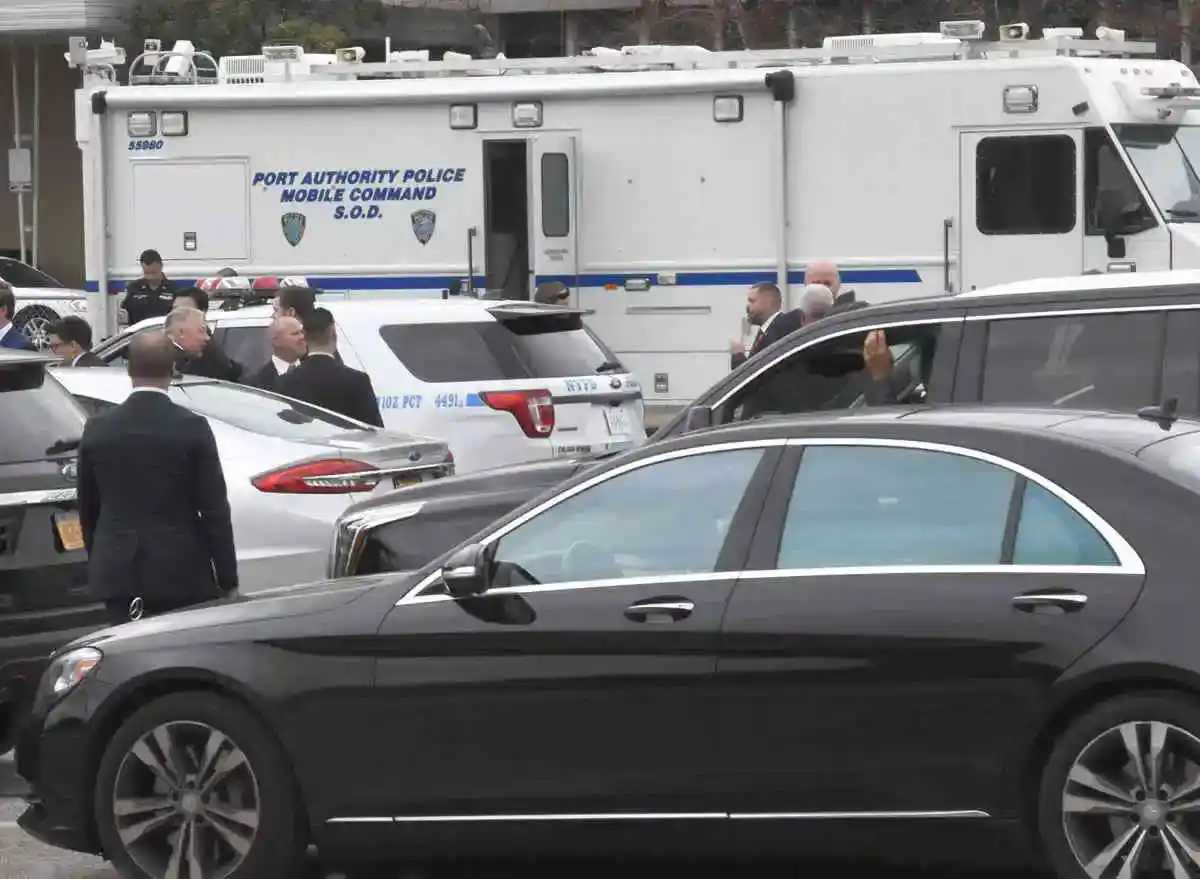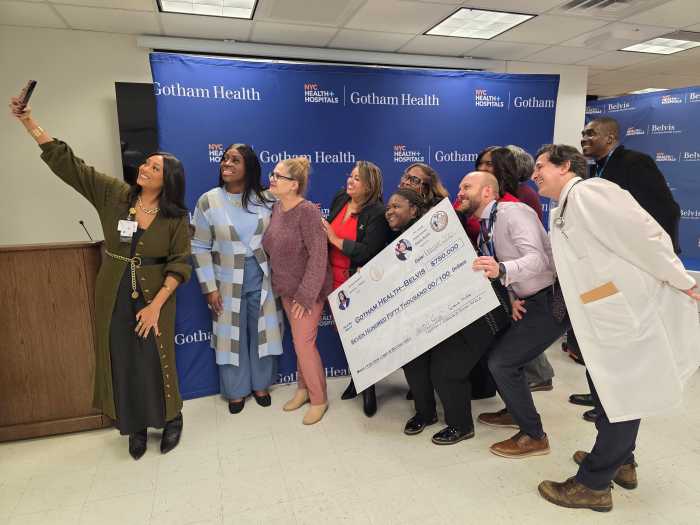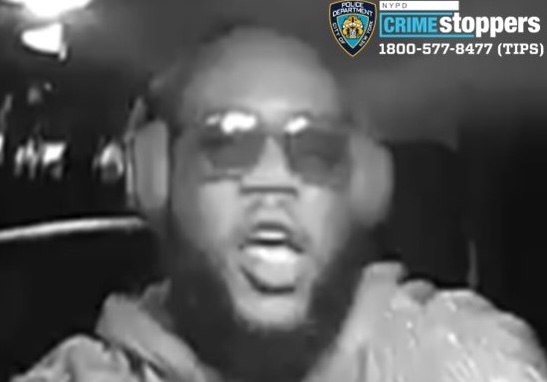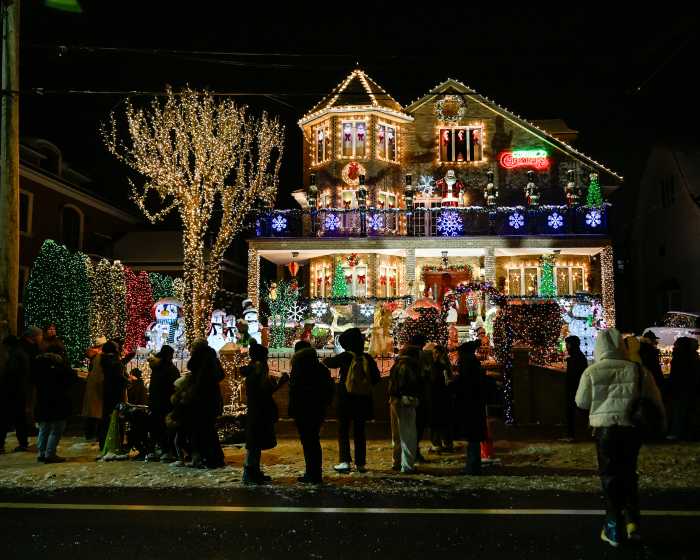Wind turbines on MTA trains, metal bars on subway platforms, and a car-free city on Earth Day were some of the grandiose ideas that the city council transportation chairman pitched during a transit summit Monday.
Councilman Ydanis Rodriguez highlighted more than a dozen proposals to remake the transit system at the NYU Rudin Center — but was hazy on how to fund his massive proposal.
His plan comes as the MTA has struggled all year with a deficit in its $26.8 billion capital plan, which funds big projects like the Second Avenue Subway and has to be approved by a state review board.
Rodriguez backed a form of congestion pricing called the Move NY plan, which its advocates say would create $1.5 billion in new revenue for transit and roads while slashing congestion on the streets. It would lower tolls on MTA crossings, like the $15 cash toll Verrazano Bridge, and add tolls to free crossings, like the Brooklyn Bridge. The councilman also wants any congestion pricing to include a dedicated community fund for transit-starved areas.
“Move NY would quickly put to rest lingering questions over capital plan funding and would allow us to be more aggressive in building out into transit deserts to provide safer and more efficient options,” he said.
Mayor Bill de Blasio was skeptical Monday about the feasibility of Move NY.
“I’ve said it’s something that’s worth looking at,” he said. “But as you’ve heard, right now in Albany there’s no appetite for it.”
Rodriguez also wants more city dollars to be spent on protected bike lanes, but was more vague on how other transit projects should be funded. He said the feds should give more funding without going into specifics.
Other proposals include generating clean energy by installing wind turbines on MTA trains.
“A true dream of mine would be to mirror the steps taken by the LA Metro, which captures the wind energy created by trains,” said Rodriguez.
He also called for ending all subway deaths over the next 25 years. Possibilities include metal bars to keep riders from falling off platforms, and track intrusion technology that uses lasers and thermal imaging.
“Each year, an average of nearly 50 people are killed by trains,” said Rodriguez.
Kevin Harrington, who represents train operators at the TWU Local 100, thought the 25 year deadline was too long.
“That’s 1,250 approximate deaths before the plan is fully implemented at the current death rate,” said Harrington, who’s a vice president at the union. “I guess there’s no ‘Vision Zero’ for the subways. Not only are passengers killed, but train operators are often severely traumatized — which can be the cause of trepidation for train operators.”
The union says train operators can prevent deaths on the tracks by entering subway stations more slowly, which the MTA has opposed.
Another idea pitched by Rodriguez was shooting for a car-free Earth Day in the city, in which residents leave their vehicles home. And the city would do its part by keeping its non-emergency cars off the street.One proposal was inexpensive — renaming subway stations that have the same names, such as the 36th street stop in Brooklyn and Queens.
However, two proposed names don’t make sense — such as 7th Avenue and 4th Street on the F and G, which is actually on 9th Street. The name “Pelham Parkway- Williamsburg Road” was also proposed, even though Williamsburg is in Brooklyn.
“I agree with some of the renamings, others would cause additional confusion,” said Transit Riders Council member Andrew Albert, who sits on the MTA board.
The MTA, a state authority, said it would evaluate Rodriguez’s ideas, but that the city already shortchanges it on Access-a-Ride and subsidies for student and senior MetroCards.
The Mayor’s Office said the city has an agreement with the MTA, to cover one-third of student fares, while the state has slashed its commitment by almost half in 2010.
(With Alison Fox)
